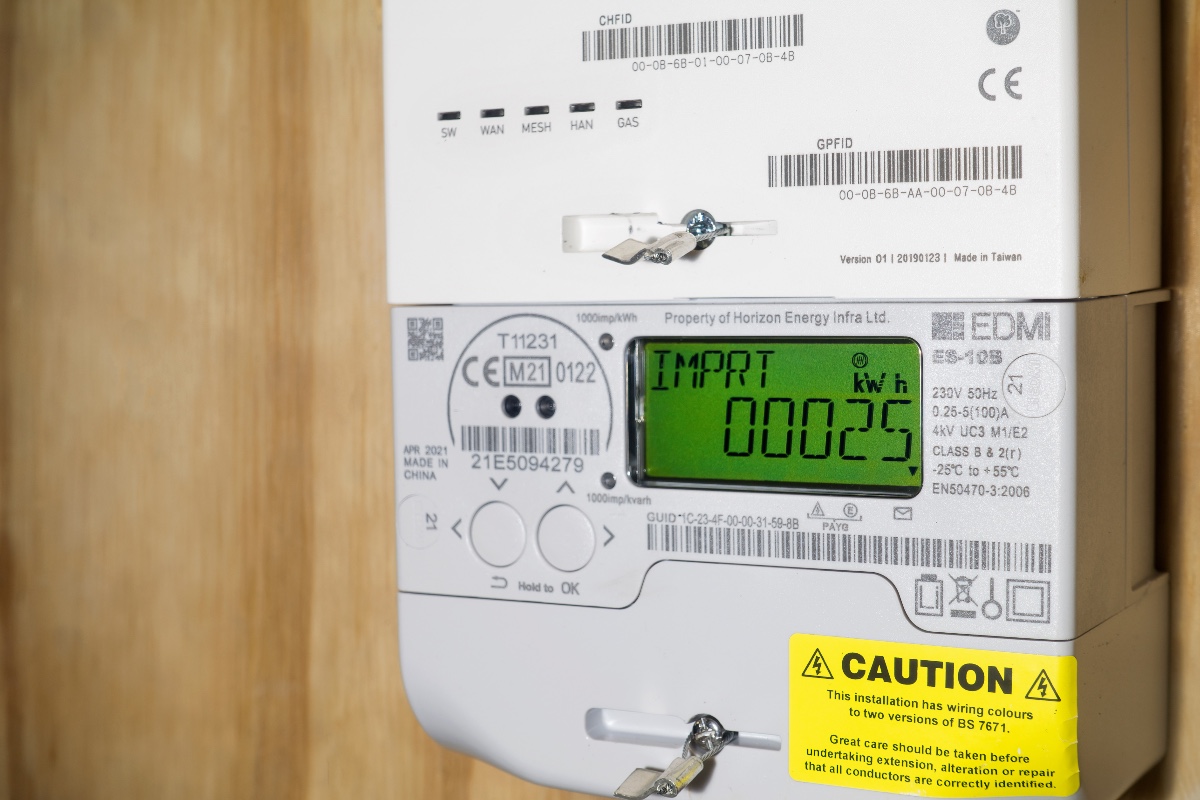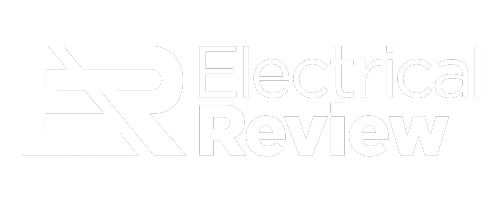David Sheldrake, Global SVP of Sales360 at POWWR, believes migrating 30 million meters to Ofgem’s new half-hourly model is the catalyst for smarter pricing, grid stability and a faster route to net zero.
The need for meters to adhere to the Market-wide Half Hourly Settlement (MHHS) rules set out by Ofgem is inching ever closer. It is important to remember that this migration is more than simply a technology upgrade; it signifies a move towards a more adaptable, responsive, and sustainable energy framework. By giving customers more control, promoting innovation, and encouraging collaboration, MHHS sets the stage for a future where achieving net zero is not just a goal, but a tangible reality.
Power back in the hands of consumers
In many ways, this overhaul puts the power back in the hands of consumers. It provides them with greater awareness over their energy consumption than ever before. Through the new breed of associated smart meters and the innovative time-of-use tariffs that will surely become available, consumers will be able to make more informed decisions about when and how they use energy. This will not only help lower energy bills but lead to greater grid stability.
But it will in no way be an easy operation. Around 30 million meters will need to move over to the new MHHS Target Operating model, with 2.6 million of those being within businesses.
The industry must work doubly hard
Smart meters have been replacing traditional gas and electricity meters across the UK for almost a decade and a half. They make the energy system more flexible, boost efficiency, help in the move towards more renewable energy sources, and reduce energy consumption by 3.4% for electricity and 3.0% for gas on average.
Despite these proven advantages though, moving customers to them has been tricky. According to the most recent data there are around 32.4 million smart and advanced meters in the UK, representing just 57% of all meters. That means that the industry must now work doubly hard to convince the remaining 43% to rip and replace any meters that are not MHHS compatible.
A timeline for success
There were several significant milestones set out by Ofgem. Some have already started, and some have yet to commence:
October 2024 – Suppliers must have a solution available to consumers and third-party intermediaries (TPIs) that provides them with access to electricity half hourly data and gas hourly data for all customers on a Profile Class 1-4 or gas using less than 732 MWh per annum.
February 2025 – For Non-Half Hour (NHH) meters, the industry tool should be implemented to provide automation to change measurement classes associated with each meter to ensure they are Half Hour (HH) ready.
March 2025 – Changes to the top line data of all NHH meters will be made. Meter Time Switch Code (MTC) will be removed and replaced with a Settlement Configuration (SSC) ID, and Current Line Loss Factor (LLF) will be split into a DUoS Tariff Id and a new LLF. This will impact every system, process or document which holds these numbers from customer bills to internal databases.
September 2025 – The industry needs to be ready to change the Top Line Supply Numbers and migrate meters to be HH. No physical meter changes are expected at this point, however terminology on bills will change. The migration of meters to HH will be phased in two waves.
March 2026 – For the meters that are unable to be switched to HH, suppliers will have to engage with consumers to make physical changes or replace meters to align to MHHS.
May 2027 – The date by which all eligible meters need to be switched.
July 2027 – Timeline complete and all meters can be HH settled. All other electricity profile classes 1-4 will no longer exist.
Accuracy and stability
The benefits of MHHS are numerous. However, more than anything it will boost accuracy and stability. Consumers and TPIs alike will have access to more granular data. This will lead to consumers being priced with enhanced accuracy based upon true market conditions. AI-driven pricing based upon better data will also likely lead to innovation in product offerings.
This accuracy will lead to a more stable grid. Plus, it will protect suppliers in terms of energy purchased and help minimise margin losses on contracts where inflated usages may have previously occurred.
Shaping the future of energy
2025 will see a ramp up in efforts to ensure both pricing and settlements become better aligned in the future. However, the overall roll-out will likely take another couple of years. During this time, there will be a teething period where consumers and the industry alike need to become familiar with the required top line changes to the meters and what the new associated terminologies mean.
However, it is surely a price worth paying. The move to MHHS will ensure that consumers are no longer passive recipients of energy but become active contributors in a dynamic ecosystem. Becoming empowered to shape their own energy futures through participating in more dynamic pricing schemes and time-of-use tariffs.


